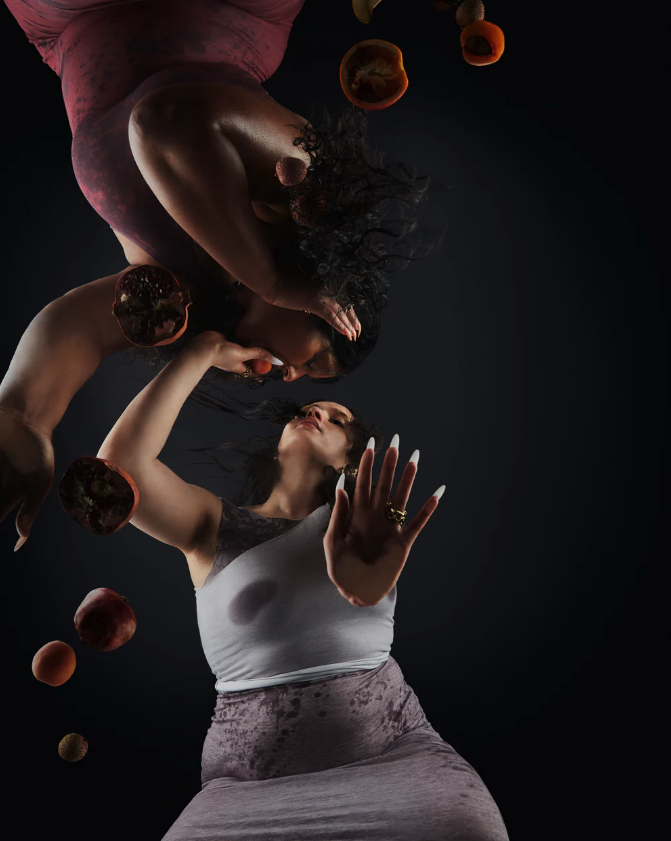
Just Because... | Sept 23, 2024
Breath in.. and out

Pop ups! | Sept 9, 2024
Hammer Time

LISTEN | Sept 4, 2024
Lauren Godfrey Romy St Claire Sage Flowers Pattern Portaits Podcast


The Sweetest Taboo
An ode to the most outrageous club night London ever saw
At the Fashion and Textile Museum, a new exhibition on Leigh Bowery’s Taboo opens. The short-lived club would loom large over the next four decades of fashion history.
Picture the scene. It’s the mid-80s and AIDS is making its way across the UK. Perhaps you are living in a small town that has been economically ravaged by Margaret Thatcher’s closure of the mines, and you’re looking for freedom that the local pub cannot offer. You move to London, find a room in a squat and take the bus to a nightclub called Taboo in Leicester Square. You’re rubbing shoulders with John Galliano, George Michael, Rachel Auburn, looking at the punters wearing some of the most impressive, experimental and downright absurd outfits you’ve ever seen. In public, you may not be safe, but in this sweaty bunker, surrounded by fellow misfits, you are free.
It is this quality of liberation that Outlaws, the new exhibition at the Fashion and Textile Museum, conveys so well. A retrospective of the life of performance artist and provocateur Leigh Bowery, it documents his stint as Taboo’s promoter, a creatively explosive nightclub open for only 18 months, yet whose outsized impact on fashion and culture continues to this day.
At its heart is a recreation of the stalls many of the key designers from the era owned, from Pam Hogg’s experimental silhouettes to dazzling anarchy of BodyMap. Some contemporary innovations – early uses of lycra and sportswear silhouettes – feel almost quaint by today’s standards. Others, like David Cabaret’s Bumps outfit or some of Bowery’s almost Edwardian-style tailoring, are bracingly ahead of their time. Practicality be damned: these outfits speak to a time where dressing up and going out was all that mattered.

Photography by Derek Ridgers

Photography by John Simone
As well as documenting the outrageous clothes from Taboo, the exhibition also looks at how the era’s scrappy DIY aesthetic rubbed shoulders with the worlds of high fashion. A whole section is dedicated to the BodyMap collection sold by upmarket atelier Browns, and to clothes made for choreographer Michael Clark’s shows. Curated over two years by Martin Green and NJ Stevenson, the show is evidently a labour of love, with clothes rescued from attic storage and archives the nation over.
Though the clothes still fizz with vitality, absence and loss colours much of the exhibition. Many Taboo partygoers would not make it to the end of the decade, with AIDS and drug addiction claiming some of the key players. The age of consent for gay men was still 21, and many made the pilgrimage to Taboo seeking refuge from unaccepting families or street violence. Community was not a branded buzzword as it is now: it was a requirement.
It can be easy to get lost in Bowery’s mythology, but Outlaws reminds us of his essential humanity. In early photos, we spy the squat where Bowery, 23, lived with his sex worker friend Trojan, 19. Barely into their 20s and already making waves in fashion, music and art, they serve as reminders that all you need is passion, a sewing machine and a dream to create cultural change. Face paint and gravity-defying hair totally optional.